As gardeners, our planting decisions – from starting seeds to planting the garden – are often dictated by calendar dates. To nature, this seems arbitrary.
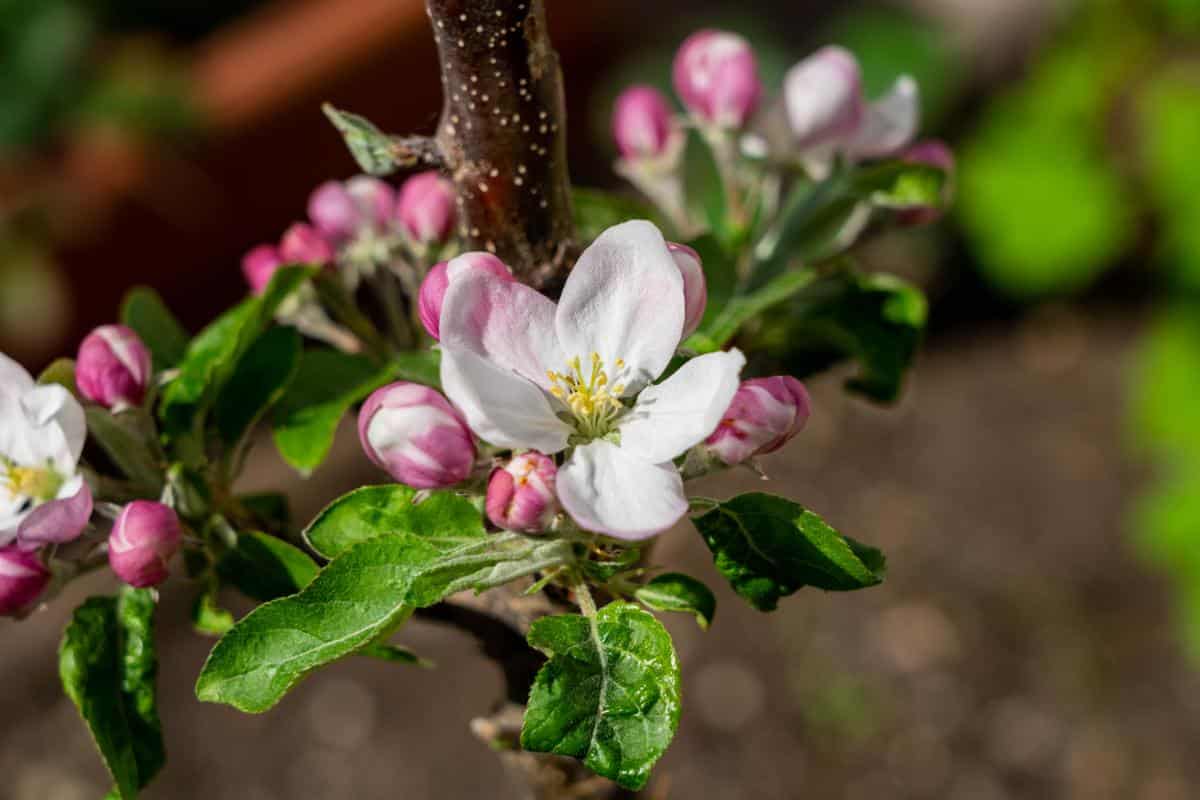
While it is true that we need to have some sort of guide so we can plan far enough ahead, we may also be able to step back and let nature guide us a little more.
It’s called phenology. It means, in practice, letting nature guide our gardening.
Jump to:
- What is Phenology, and How does Phenology Relate to Gardening and Growing?
- How Can Phenology Help Us Decide the Whats and Whens of Planting and Growing?
- Phenology Makes Sense When You Think About It
- Why would experts and experienced farmers trust phenology?
- Calendars are best guesses, too
- Natural Signs that Help Guide Gardening and Planting
- Build Your Own Natural Gardening Journal
- How Foolproof is Phenology?
What is Phenology, and How does Phenology Relate to Gardening and Growing?
Merriam-Webster offers us this definition of Phenology:
- “a branch of science dealing with the relations between climate and periodic biological phenomena (such as bird migration or plant flowering)”
Other definitions describe it as studying the cycles of nature and the events that occur in sync with them. For example, when birds migrate, or what the climate conditions are when an apple tree blossoms.
It’s a quite well-respected science that universities, horticultural societies, and experts recognize and study (and use!). There is even a National Phenology Network where you can find information, follow climate and phenological trends, and contribute your own observations to help track climate change.
How Can Phenology Help Us Decide the Whats and Whens of Planting and Growing?
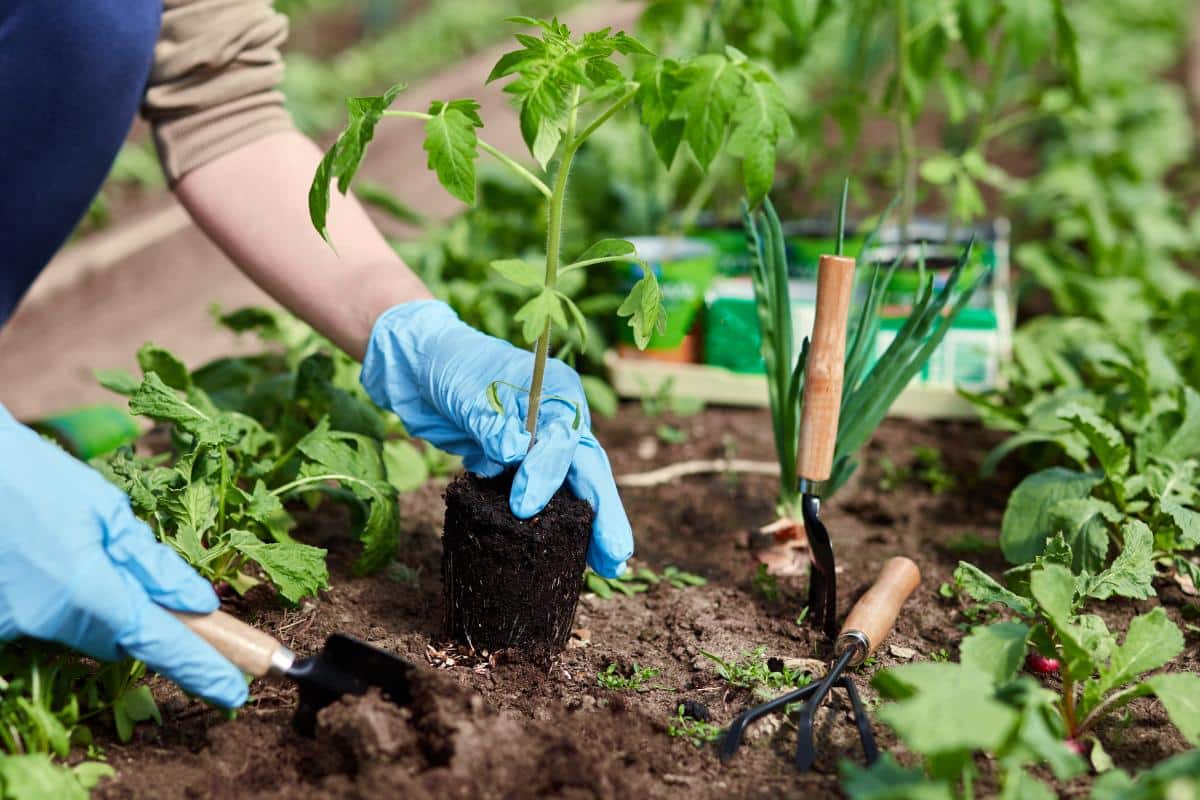
Gardeners, farmers, and others can apply phenology to planting by matching those natural events to certain planting and growing tasks (like when to plant a specific plant or crop).
The idea is that the conditions that are right to trigger different natural cycles are the same right conditions for different plants – like annual vegetables and flowers or dormant seed in the ground – to germinate or grow. They have the same needs, so why not simplify things and let the trees and plants tell you when conditions are actually right instead of a calendar date that can only tell you when it is supposed to be or is expected to be right?
The Farmer’s Almanac calls phenology a “natural alarm clock.” When you start to observe these signals, you’ll know it’s time to do certain garden-related tasks.
Phenology Makes Sense When You Think About It
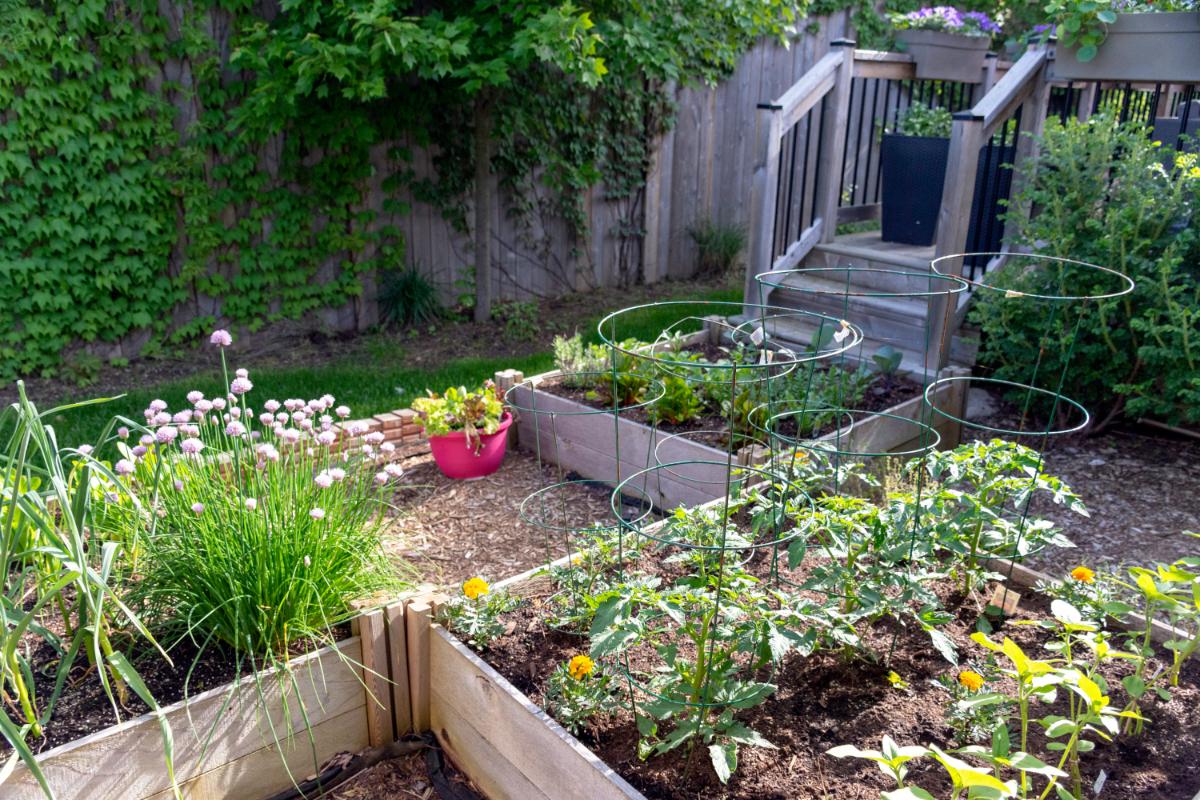
Dr. Holly Walker of the Smithsonian Institute's Smithsonian Garden puts a lot of stock in the validity and practicality of using phenology to guide your gardening, saying, “Phenology can be more than just a hobby for gardeners; it can become a way of better connecting with our natural world.”
Phenology is also nothing new. The word might be more of a buzzword than it’s ever been before, but farmers and gardeners have been using phenology for hundreds and probably thousands of years.
Why would experts and experienced farmers trust phenology?
Because they know that every year is different. The weather cycle is different. Some years warm quickly while others take much longer. Some years, the soil is workable weeks before it is “supposed” to be. Therefore, strictly using calendar dates is not always possible.
Ignoring the signs of nature might find you unnecessarily wasting valuable planting and growing time. That has a direct impact on harvests and yields.
And they trust that the animals, plants, seeds, and living things that are so heavily dependent on the nuances of nature will do their best to survive.
Calendars are best guesses, too
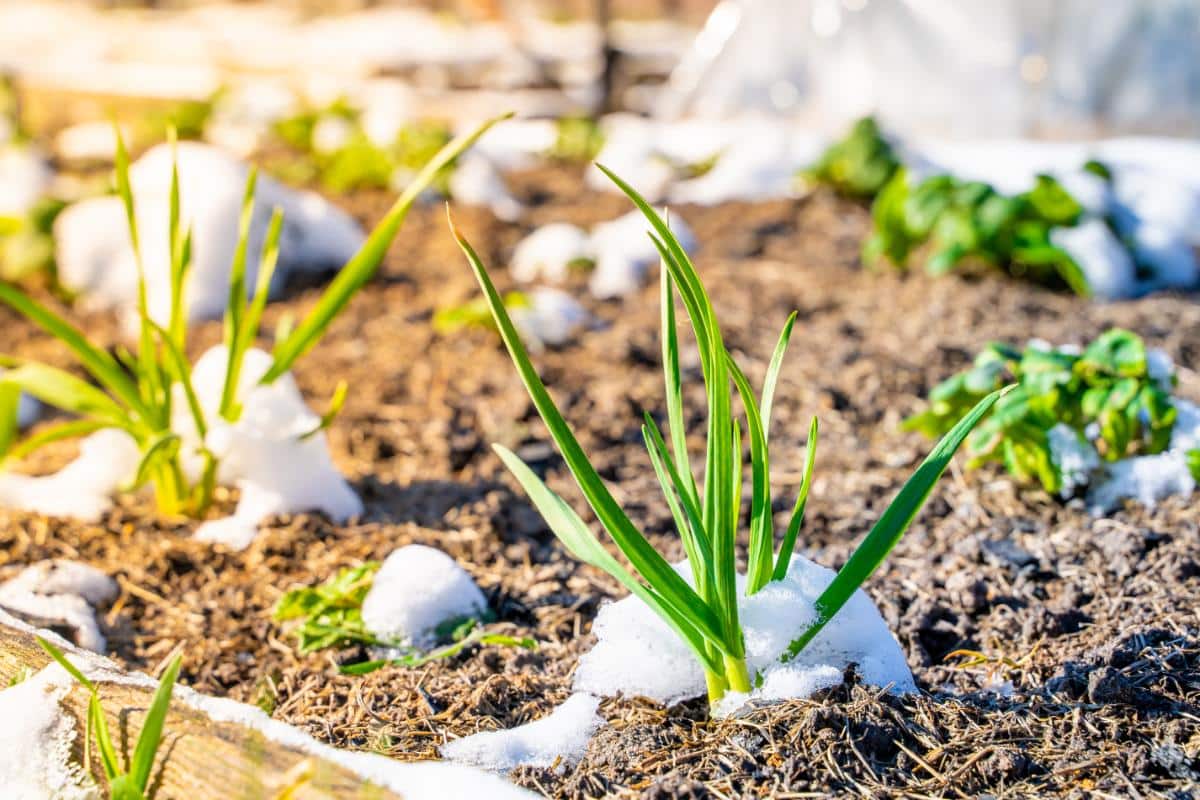
Besides that, our calendar-based planting rules are only estimates anyway. The last and first frost dates are estimates, too. They were also collected through years of observation, and then we averaged out the dates to decide when we’re probably in the clear for planting. But there is still risk in planting based solely on when we “should” be able to plant according to the calendar.
Trees and animals that only do things when the temperature has met a certain range or when the daylight and sun’s strength and warmth can support them are a much better indicator of what is really happening out there, as opposed to what we expect to be happening.
And so, it only makes sense that we match and pair those natural responses together. It might make even more sense as so many of us have experienced such skewed and changed climactic conditions in recent years.
Natural Signs that Help Guide Gardening and Planting
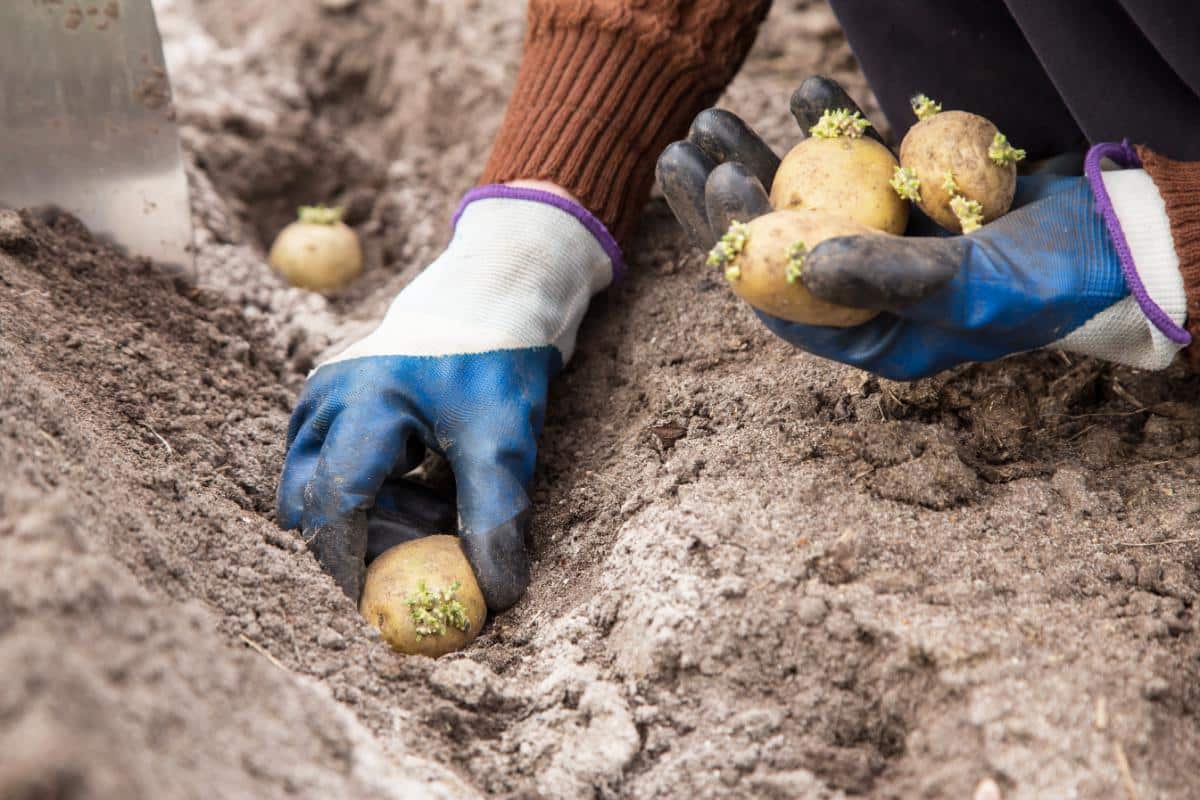
The following is a collection of phenological (natural) signs that you can use for planting. These are based on years of observation and practice, hailing back to a time when we were more in touch with nature and its natural cycles.
You may find some crops repeated or signs that overlap because these natural signs have been collected and passed down over many years.
If you look at them, though, you'll find the signs appear at similar or the same times as others in the list anyway. So, they’re not really contradictory, as much as they are just alternative signs partnered and paired differently.
For example, whether you plant your lettuce when the forsythia blooms or when lilacs start to grow leaves doesn’t matter much, because both of these things are happening at about the same time. They’re simply different signals that show what’s happening outside.
- Plant potatoes when dandelions start to bloom
- Plant peas and onions when forsythia is blossoming
- Plant lettuce when forsythia blooms
- Plant root crops and cool weather crops when the lilacs grow their first leaves: plant beets, carrots, lettuce, and spinach
- Plant cole crops when lilacs grow their first leaves: broccoli, cauliflower, kale, kalettes, cabbage, and their relatives
- Direct sow escarole and endive when forsythia blooms and/or dandelions bloom
- Crocuses blooming is a good time to plant spinach, radishes, and parsnips
- Plant carrots, chard, and beets when daffodils bloom
- Direct sow hardy herbs when lilacs start to grow leaves – parsley and chervil
- When lilac leaves start to grow, direct sow hardy flowers like calendula and alyssum
- Direct sow tender herbs like basil when lilacs are in full flower
- When lilacs are flowering, direct sow geraniums and marigolds
- Sow spinach from seed when dead nettle shoots grow
- Plant turnip from seed when forsythia and dandelions are flowering
- Plant perennials when maple leaves first open
- When quince blossoms, transplant cabbage, broccoli, cauliflower, and kale
- When aspen and wild chokecherries leaf out, plant hardy annual flowers, snapdragons, and pansies
- Transplant okra when peonies are flowering
- Plant sweet potato slips when peonies bloom
- Plant corn, peppers, and tomatoes when daylilies start blooming
- Plant succession crops of root vegetables when dandelions are flowering
- Plant bush beans when apple trees are in full bloom
- Plant pole beans when apple blossoms fade and fall
- Plant cucumbers when apple blossoms die
- Plant zucchini from seed when crabapples flower and/or lilacs are in full bloom
- “Plant corn when the oak leaves are the size of a mouse’s ear.” (Though some sources say it’s a squirrel’s ear.)
- Plant morning glory and moonflower seeds when maple tree leaves reach full-size
- When lilacs are in full bloom, it is safe to plant tender annual flowers
- Plant cucumbers, squash, and pumpkins when lilac flowers die back
- When dogwood is flowering at its peak, plant tomatoes
- Transplant tomatoes when lily-of-the-valley is in full flower
- Plant eggplant and peppers when bearded irises are in full bloom
- Plant heat-loving plants and melons when the peonies are flowering
There are natural signs to tell you when to start watching for bugs and pests, too. This is handy information to have for a gardener!
- Keep an eye out for flea beetles when redbuds bloom
- Bean beetles start to hatch when foxgloves flower
- Grasshoppers hatch when purple lilacs are blooming
- Tent caterpillars hatch when crabapple buds open
- Protect apples from apple maggots when Canada thistle blooms
- Expect Japanese beetles when morning glories start to climb
- When chicory flowers, look for squash vine borers
Build Your Own Natural Gardening Journal

Horticulturists and scientists have gotten pretty good at figuring out the specific scientific conditions that make certain plants germinate and grow. However, finding the correlation between what you choose to grow and what happens in nature is a case of observation.
Today’s phenological signs, the natural signs that we know to use to guide planting, have grown out of years and years – centuries and centuries – of farmers and gardeners watching, waiting, listening, and paying attention to what was going on at different times of planting, growing, and harvesting. Then, we should pay attention to successes, plant responses, harvests, and, yes, failures, too.
They were people very much in touch with working with nature, and for them, these observations came naturally from being out there. They were also passed down from generations of in-touch growers doing the same.
You can do this, too. Add to or personalize your phenological gardening list.
Start by watching and observing. Keep a garden journal and build your own plan.
- Look around when you put your plants in the ground.
- What's in bloom?
- What bees, birds, or insects are buzzing around?
- What animals are coming out of hibernation?
- Are there matings, hatching, breedings, or migrations taking place?
- Did plants or seeds do better or worse at those times?
- Were there specific things going on at certain harvest times?
- Follow the “firsts” associated with planting and plant success. Things like the first bud on a specific tree or plant, first leaves, flowers, insects appearing, or the first time you hear tree frogs or spring peppers.
- Note the dates when different natural signs took place
- Note the climate conditions – things like day length, temperature, soil conditions, weather
- Do this over time and find the correlations between successes and failures, as well as between natural cycles and plant progress
The beauty of phenology is that you can tailor your journal to the types of things you like to grow. After all, it’s a matter of watching and caring to do so. What you choose to observe and correlate is up to you.
How Foolproof is Phenology?
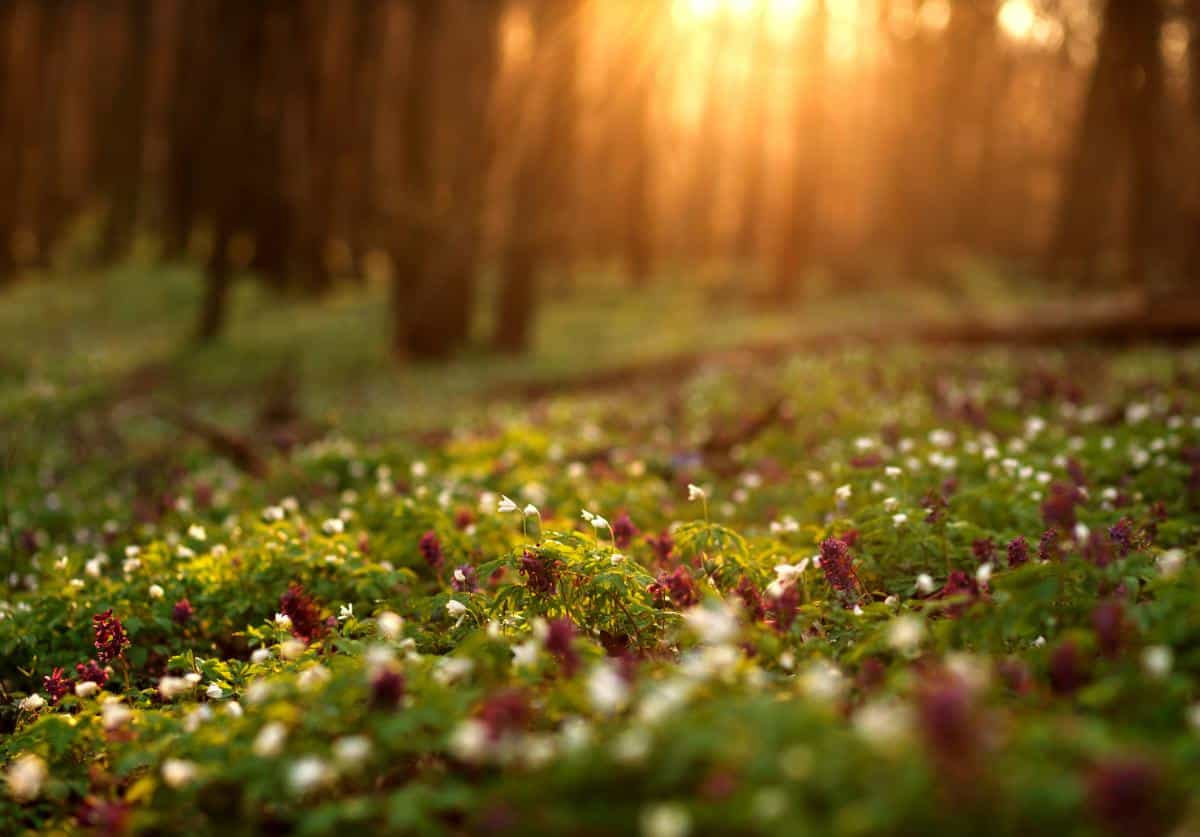
Suffice it to say that phenology is about as reliable as anything can be in nature. Which is only to say that weather is unpredictable and mother nature doesn’t always stay in her lane.
Further, manmade events can impact growing conditions. For example, if wildfires are sparked by people and they become widespread, the smoke can (and has) blocked sunlight, cooled conditions, and impacted growing.
Overall, though, phenology takes its signals from perennial plants and from insects, animals, and living creatures that have similar needs for surviving in natural conditions – needs like day length, warmth, moisture, seasonal thaws and drainage, and more.
And the practice does put us more in touch with nature, cycles, and even variations of them. If we can, for example, trust that the blossoming fruit trees are responding to a mostly stabilized and consistent run of appropriate temperatures, we can trust that the annuals and vegetables that we plant that need similar conditions can thrive, too.
...We just have to understand that that won’t stop a freak, out-of-season late frost from occurring if it’s going to. But then again, your calendar’s last frost date wouldn’t have stopped that, either.

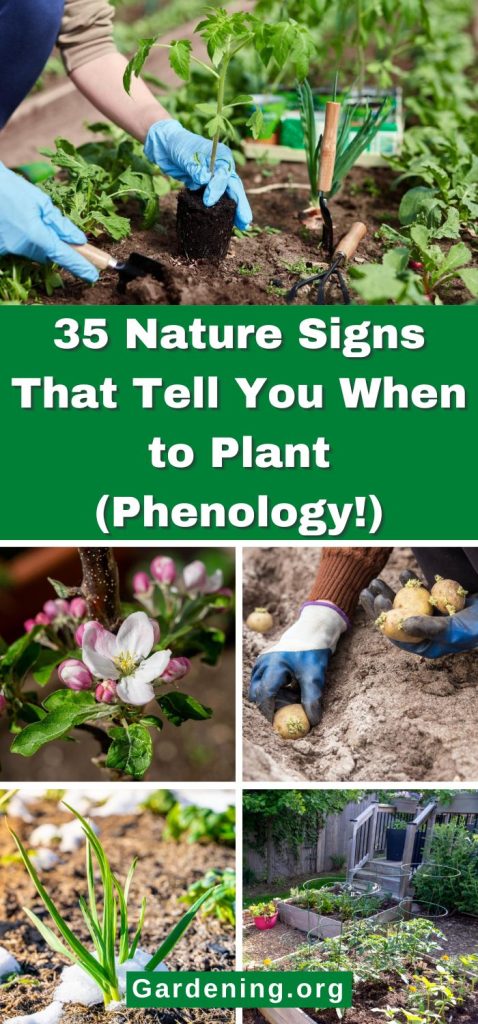
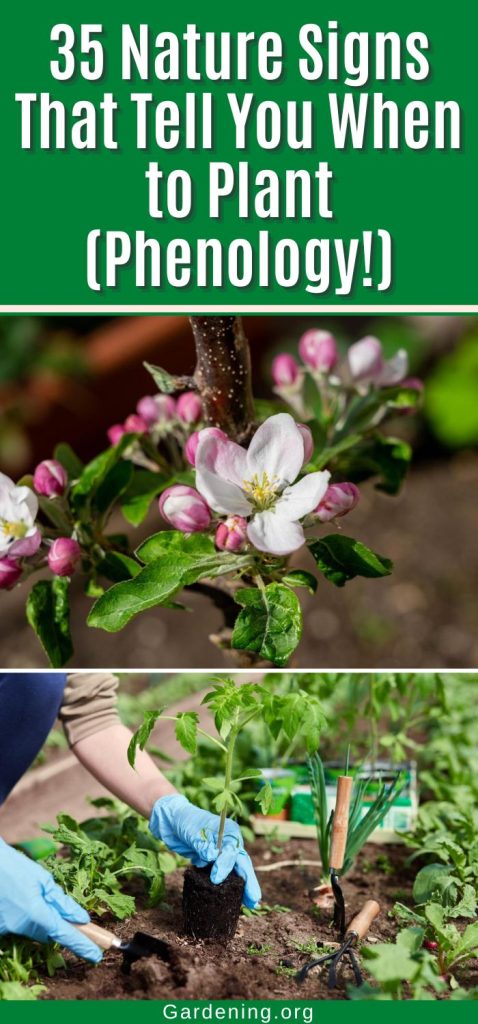
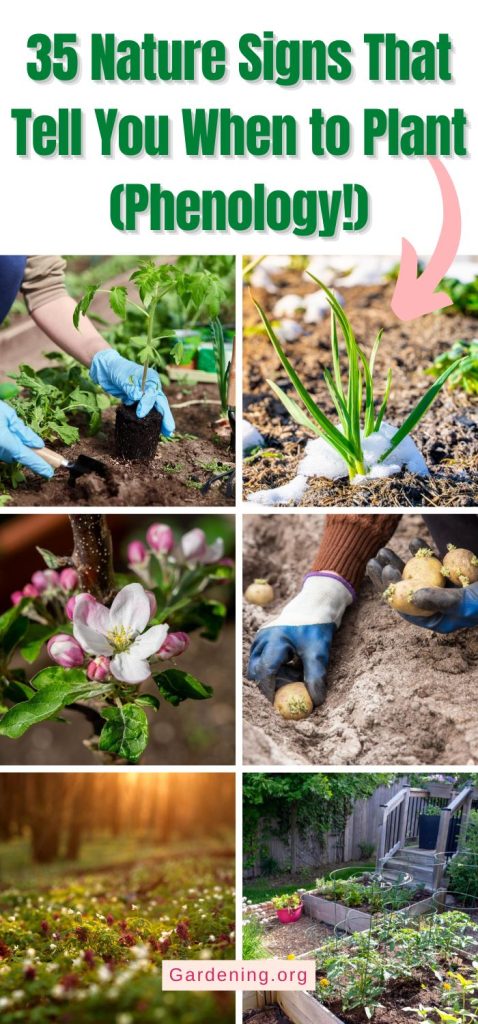
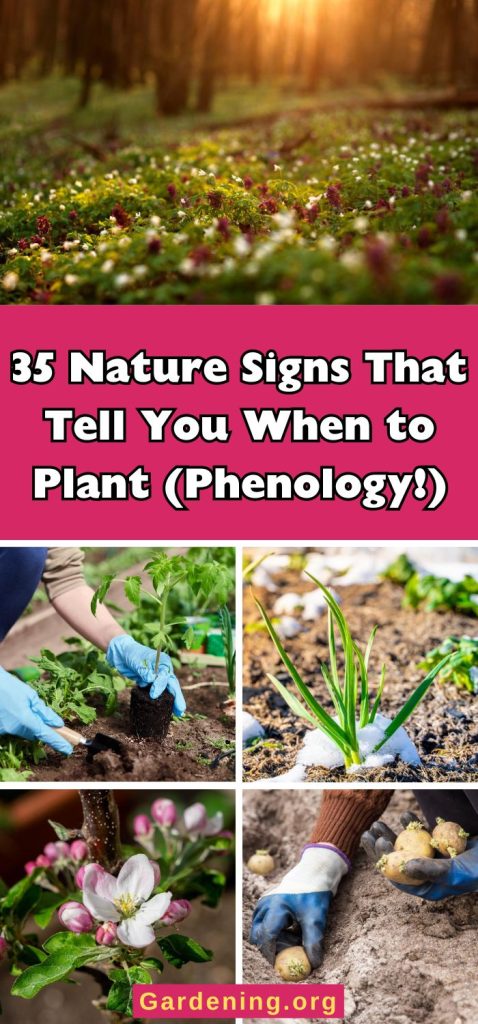




Gabe
Interesting. I'm always looking at weather conditions. It seems to tell me when it is best to plant. Not ever season is the same. True to fact that changing climate does throw seasons off a bit. Phenology is a great way to stay connected to natural conditions.
Mary Ward
Agreed! The differences and instability in the seasons seems more pronounced than I ever remember it being. I remember January warm ups and occasional early springs, but not like what we're seeing now. I just saw a maple producer post their record of when they started boiling in the far Northeast US yesterday. If you look at the dates, they've changed by almost a month (earlier)! So indeed, we can't just follow only calendar dates anymore. Seems the recent change to growing zones and weather station data supports this, too.